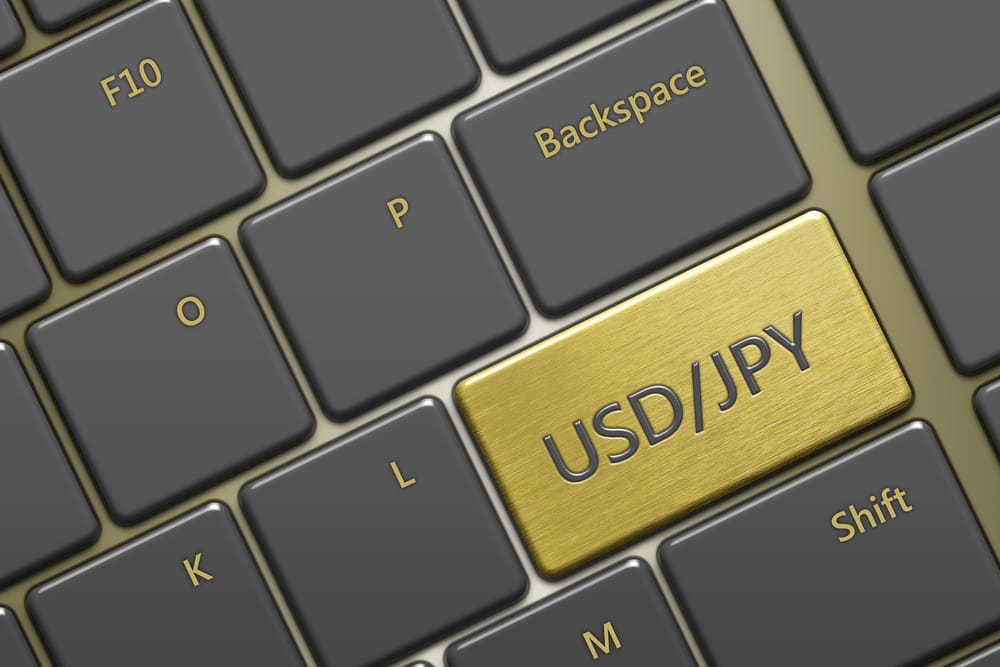- Summary:
- Asian equities and risk currencies recouped some of their losses as they traded higher this morning. Meanwhile, USDJPY bounced off trend line support.
Coronavirus Concerns Abated
As fears of the coronavirus recede, the Nikkei 225 finished today’s trading 112.7 points or 0.49% higher at 23,084.6. Meanwhile, the Hang Seng Index and Shanghai Composite index are in the green by over 350 points and 37 points, respectively.
The number of confirmed cases and death toll continue to climb. As of this writing, they are are at 20,613 and 427, respectively. However, it would seem that market participants were not surprised with these numbers. Perhaps they are taking comfort in the fact that governments are stepping up their efforts to contain the spread of the virus.
Taiwan has announced that it will begin restricting entry of people who have recently been to China. Meanwhile, Macau has suspended the operation of its casinos for two weeks. Today’s price action may also be due to the PBOC’s $170-billion liquidity injection yesterday. The central bank increased the money supply in the Chinese economy in an effort to stimulate growth.
AUD Higher on RBA Rate Decision, NZD Eyes Employment Report, JPY Weaker on Kuroda’s Comments
Risk currencies are also enjoying gains in today’s Asian session. AUDUSD is up by over 0.40% following the RBA’s decision to keep rates steady at 0.75%. Meanwhile, NZDUSD has modest gains at 0.17% ahead of New Zealand’s employment report. Due at 9:45 pm GMT later, the number of jobs in the country is expected to have grown by 0.3% in Q4 2019. The unemployment rate is eyed to remain steady at 4.2%.
Meanwhile, USDJPY is in the green by 0.21% following BOJ Governor Kuroda’s comments. According to the central bank head, they will not hesitate to ease if the coronavirus outbreak begins to weigh down the economy.
Read our Best Trading Ideas for 2020.
USDJPY Outlook
On the daily time frame, we can see that USDJPY bounced off support at a major trend line (from connecting the lows of October 26, January 6, and January 8).
A closer look at the 4-hour chart also shows that the currency pair has made its way to resistance around 108.85. When you connect the highs of January 21, January 22, and January 31, the falling trend line falls along this price. A close above the trend line may mean that USDJPY could soon rally to its January highs above 110.20.
On the other hand, if the currency pair fails to close above the trend line, it could mean that the recent down trend would continue. There is near-term support at 108.30 where USDJPY could stall.


